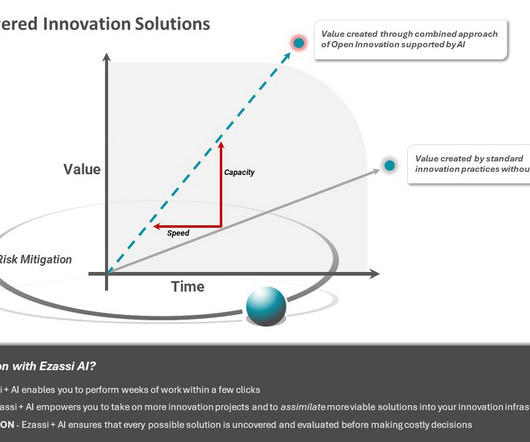4 Strategies to Guide Your Team Through a Departmental Transition
Harvard Business Review
MAY 13, 2024
Whether initiated by strategic realignment, leadership changes, or market demands, departmental transitions test a leader’s mettle. In this article, the authors offer four strategies to guide your team through a departmental transition while maintaining morale, productivity, and cohesion: 1) Communicate the “why” clearly and authentically. 2) Acknowledge the emotional impact. 3) Cultivate ownership and involvement. 4) Prepare your team for future changes.


















Let's personalize your content